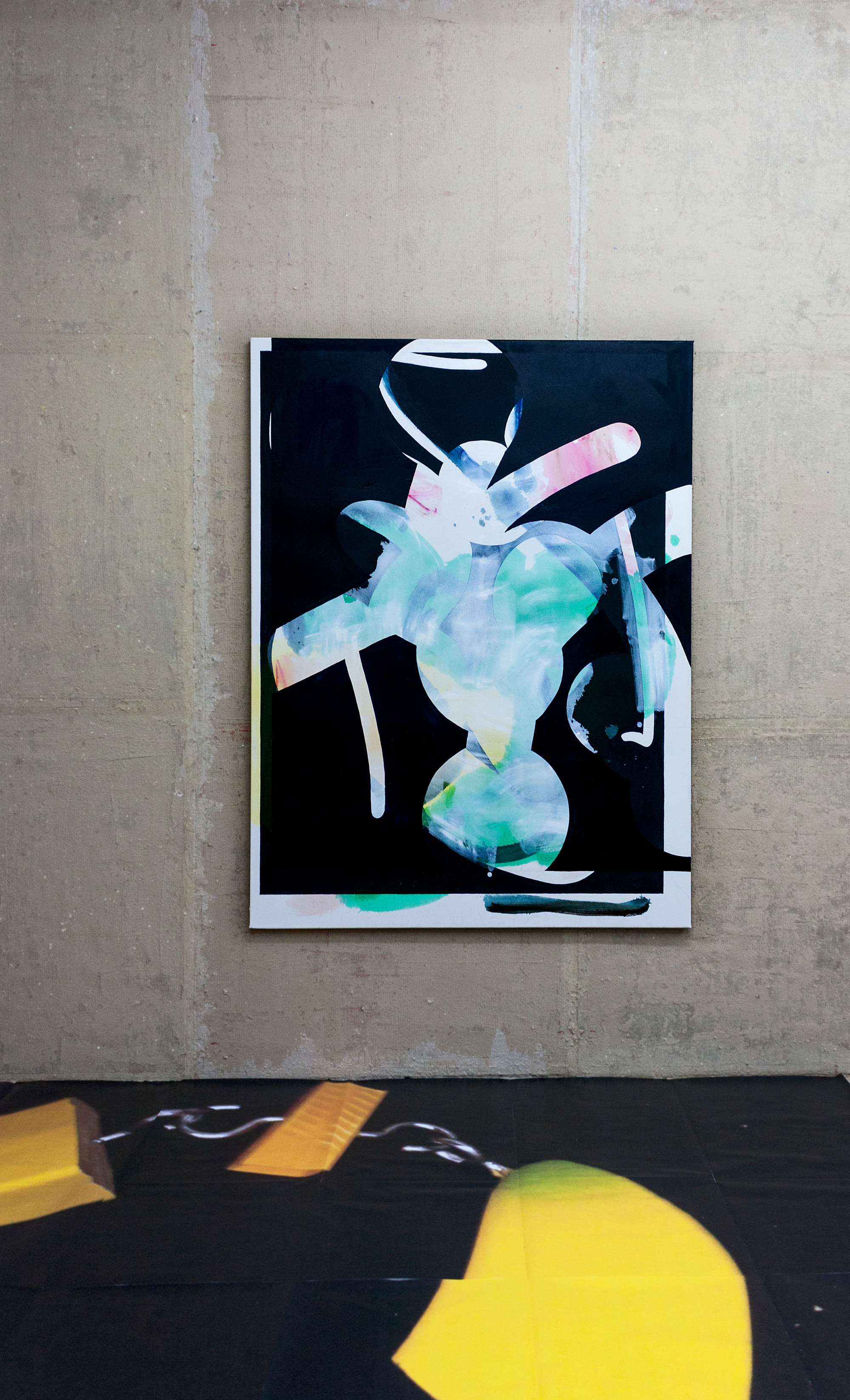Friendly Symbols
In the beginning was the flood: of images on the web and in the cities. Graffiti on buildings, selfies on Instagram, timetables at tram stops. Signs that show what is already there and at the same time are something new, coming to life in the moment of being seen. The life they awake to depends on the gaze that falls upon them.
In the beginning was also the word, like the image a sign for what was said, thought, and seen behind it. Where does the word end and the image begin? What is the difference between understanding language and interpreting through the gaze?
Everything becomes one in the symbol. Symbols depict the world, and they create worlds—just as pointing a finger indicates something and at the same time is only itself. The difference between sign and meaning is suspended.
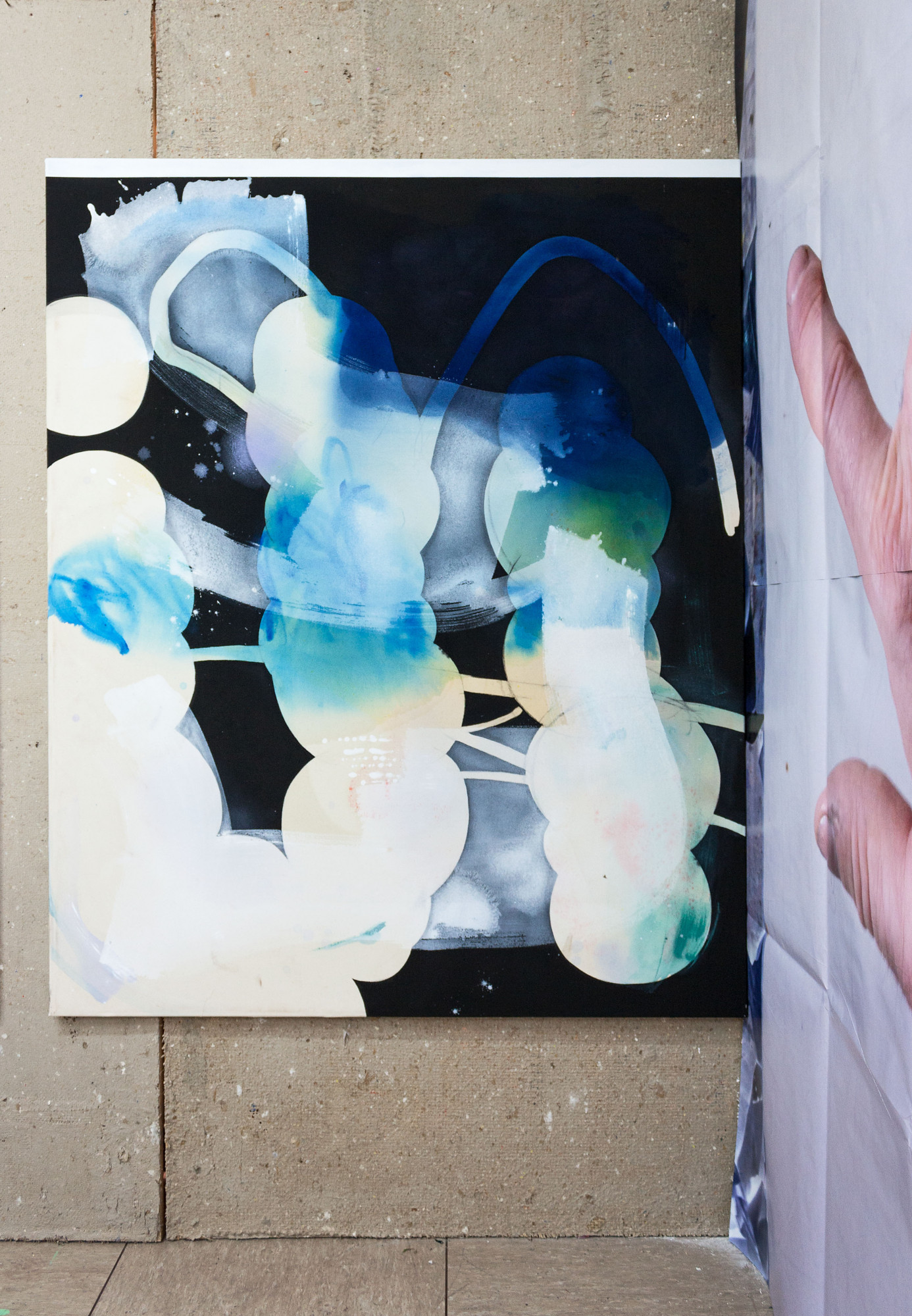
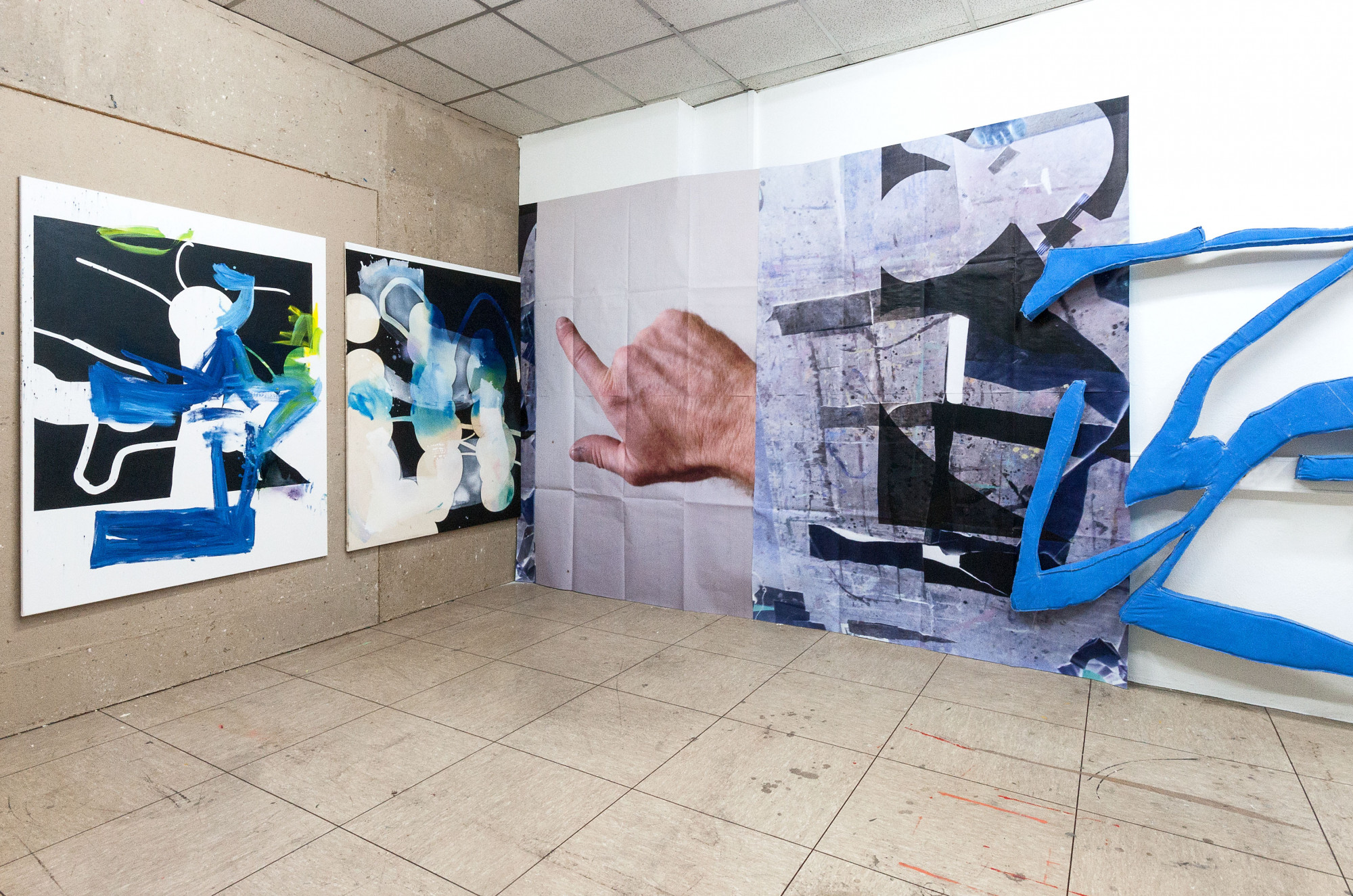
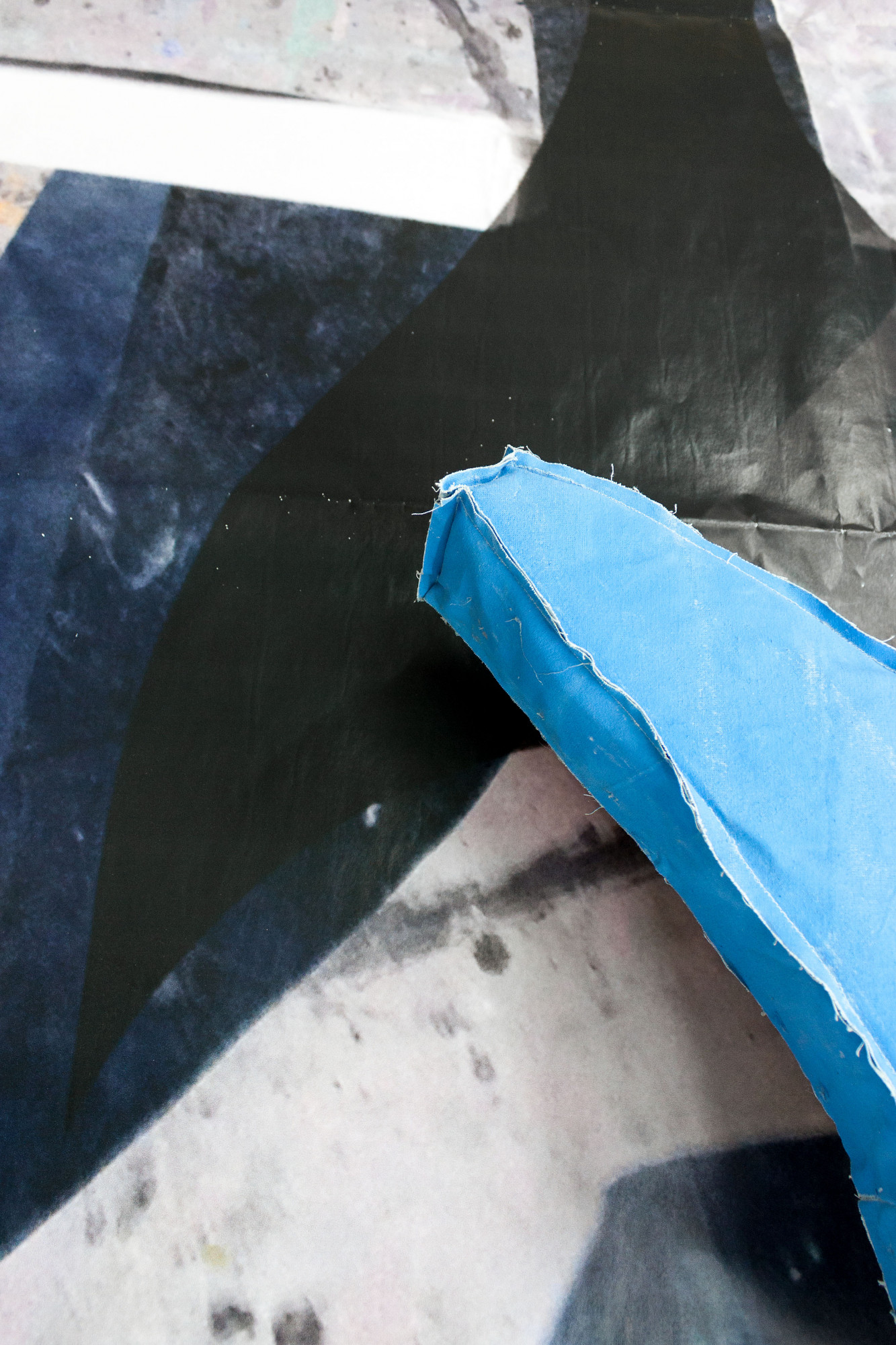
Christian Bär and Manuel Schneidewind’s work develops out of the intuitive gaze that they cast on the things surrounding them everyday. Instead of analyzing meaning, for them it is more about capturing the sensuous. The knowledge gained becomes the basis for new, visual interpretations. A formal language thereby arises that suggests references, but avoids being explicit. The friendly symbols are indicators, but at the same time constitute a meaningful reality of their own. In the space, they leap into action in, and beyond the smooth white walls, things start coming together that didn’t belong together before. Preexisting and newly added spatial elements become fellow players in Bär’s paintings and Schneidewind’s sculptures. They form ambivalent structures from surfaces, color, and bodies, while the space becomes a heterotopia, another place that picks up on existing realities and forms them anew. Here, a network unfolds between the works of the Leipzig artists, whose formal similarities cannot be dismissed. Yet the crucial link is the approach of bringing together individual associations and impressions to create something new.
Schneidewind’s figures are distinct, personlike beings. He searches and finds them incidentally in banal, quotidian aspects of the urban spaces that surround him. On the street or while gazing out the window, forms emerge that evoke a character of their own. This is recorded in drawings through the path of the line and developed in numerous scribbles and doodles until increasingly complex combinations of forms emerge. The visual source material is then selected—and the sketches remain, which in surprising ways evoke the moment that the observations and associations came together. Starting from the sketched, Schneidewind colors, cuts, glues, and folds fabric forms, combines them with different textures, and fills them with foam. The resulting shapes are then partially painted some more. The reference to space first emerges in the working process and follows a certain urgency: figures whose characters demand to move from two into threedimensionality. How they finally behave in the space reveals a lot about their respective character.
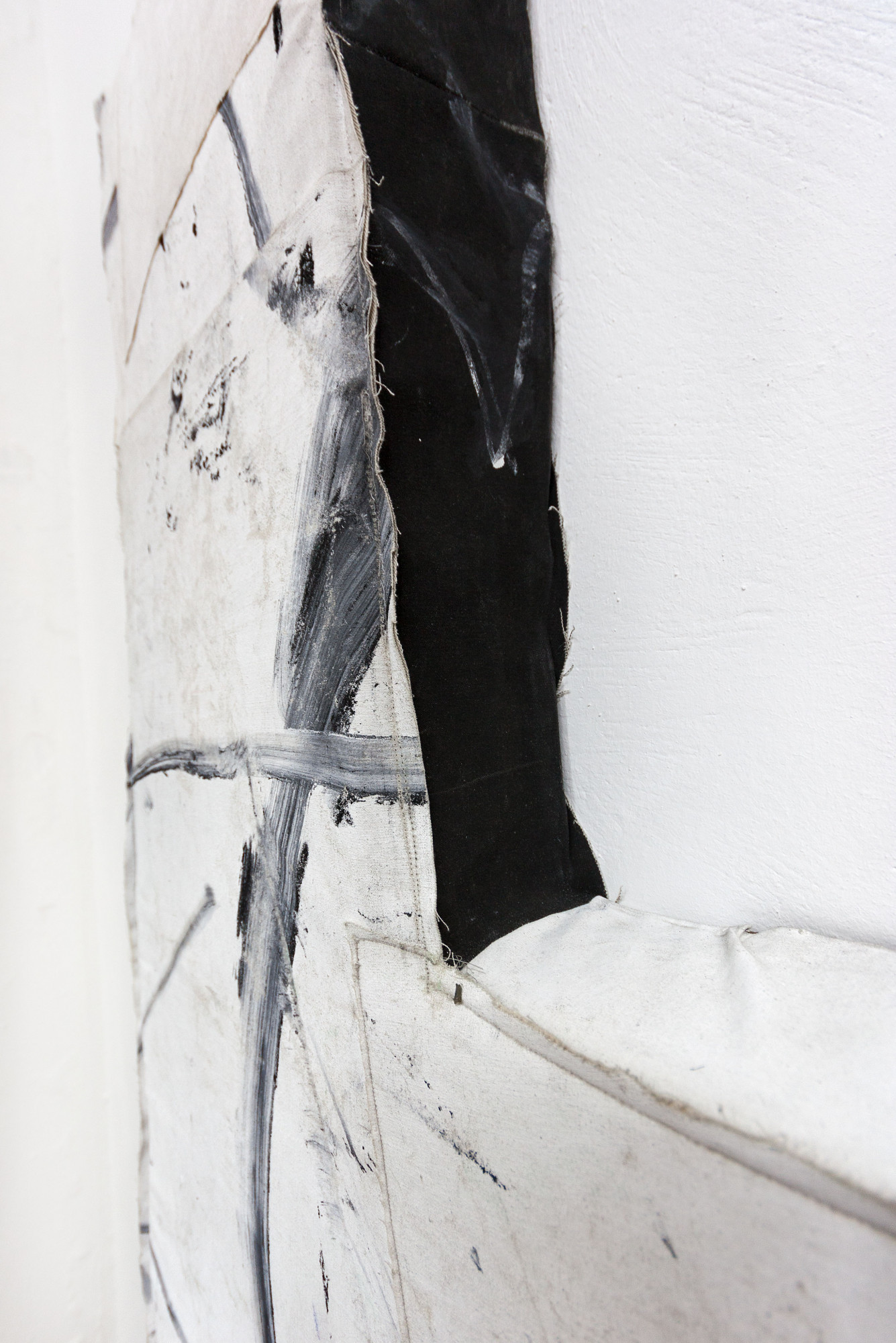

Supple and with their backs to the wall, they can look for connections to other players (Diana, 2018. All sculptures: colored cotton, foam, MDF) while elegantly avoiding obstacles. Or they occupy space calmly and defiantly, only to then seem insecure in light of their own brashness (Nenner - Karambolage, 2018). A character on the sidelines seems more related to the space than to the other elements, as if he did not quite trust his own belonging. He integrates characteristics of other players in his own being instead of openly showing interest (Chesterfield, 2018).
The combination with Bär’s painting results in a framework that toys with distance and proximity. It’s often not entirely clear which object, which image, inconspicuously mimics characteristics of other players or reacts aggressively towards them. Meanings are quick at hand and gone just as easily. And just like Schneidewind’s sculptures, Bär’s images defy the construct of unambiguity.
Bär encounters the forms that he negotiates in his paintings in the stream of digital imagery: instagrammable, or far beyond what other’s perceive at all, iconic or incidentally snatched up. An intuitive glance decides what the starting point of the drawing will be, which serves as the foundation for his works. On the iPad, organicallyshaped graphic elements are developed, which will soon reappear on the canvas. At first glance, they are peeled off as abstract symbols from a blackcolored surface. The associations this awakens offer no answer to the question of whether they are intentional or registered by the viewer. But this is how it should be in a game without rules, endless semiosis. On second glance, the graphic forms momentarily become figures in a dancelike, communicative scene (Vision, 2018, like the others: oil on canvas), objects, morphologically caught between steadfastness and overflowing, gestures full of character (Pokal, 2018), or as elements of an urban landscape, a system of streets and paths (Traffic, 2018). They evade attempts at concrete thought, and upon the third glance, the recede as enigmatic shadows in the background. There, they form a kind of frame, because they direct attention back towards the patches of free canvas revealed by the characters, which Bär has dyed and painted over. In this material twodimensionality, landscapes and figures start to appear, animated by contrast: between the fixed, stencillike black frame—and the play, the intuition, and the instability of color that this frame makes possible.
In the friendly symbols, signs always shimmer with a message that you look for. It doesn’t matter whether it is actually there, what is decisive is the character of the presumed reference. With their work, Manuel and Christian find their way through confusing worlds of images without getting caught up in the imperative of explainability. Like captivated hikers in a landscape, they encounter digital and analog forms of the everyday. They draw on sensually experienceable positions, idealize the banal, and strategically play with chance instead of despairing in the face of it. This way of capturing images one has seen through renewed images is neither ironically fractured nor critically distanced. Hardships and brutality are indeed not negated, but suspended in a symbolic structure that shows the possibility of beauty. A postironic, almost romantic gesture.
[[Text: Eva Finkenstein]]

Nenner – Karambolage
Manuel Schneidewind

Traffic
Christian Bär
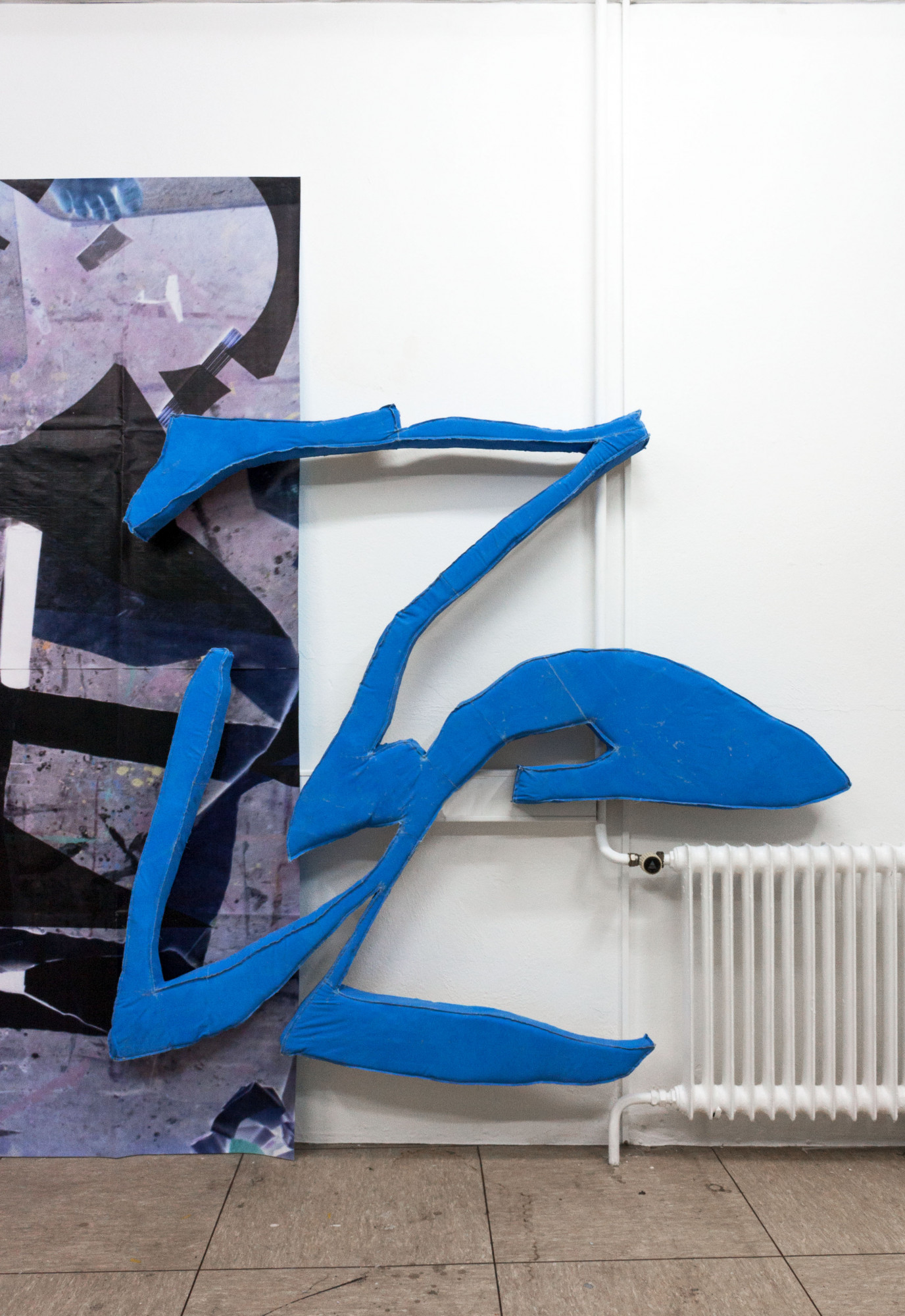
Diana
Manuel Schneidewind

Vision
Christian Bär

Chesterfield
Manuel Schneidewind
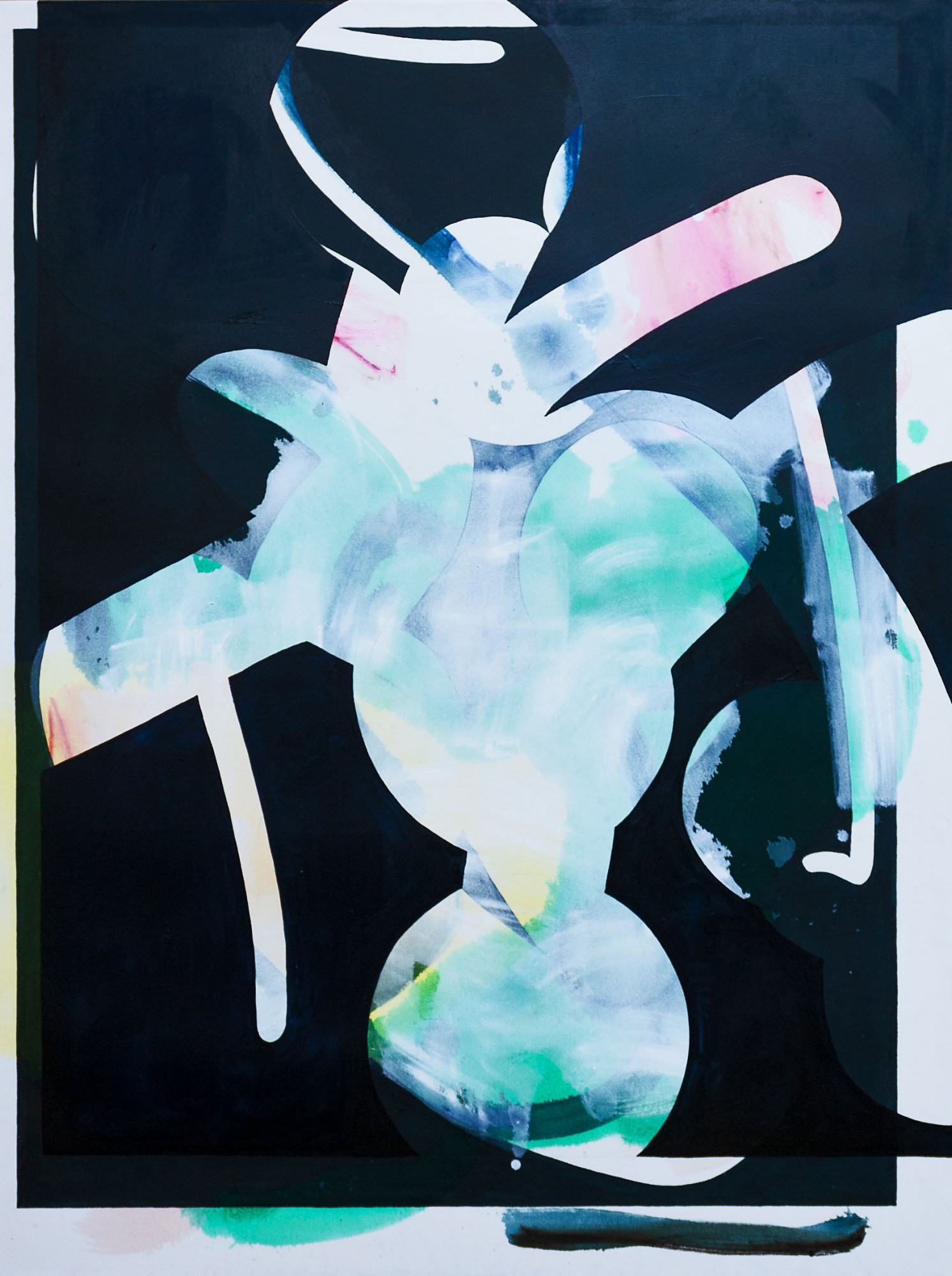
Pokal
Christian Bär




